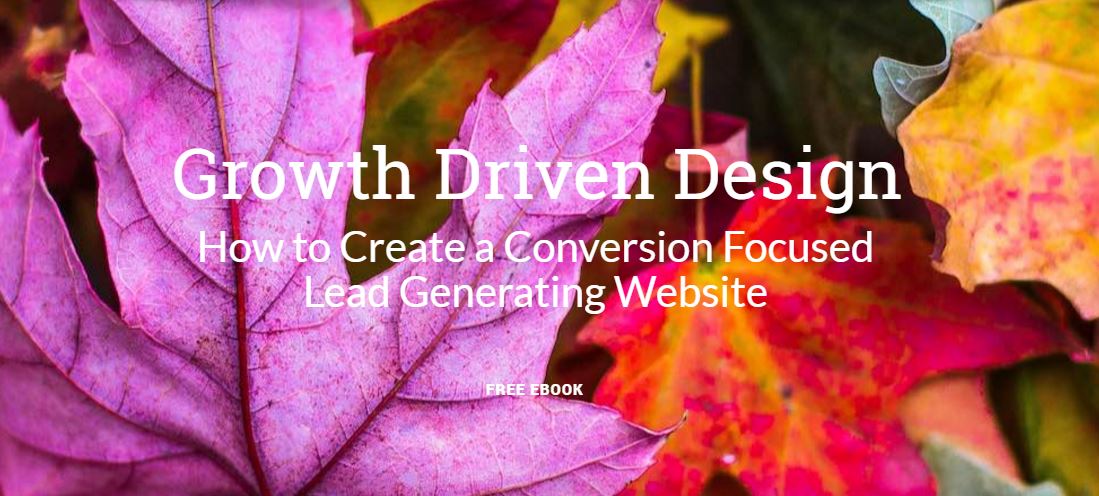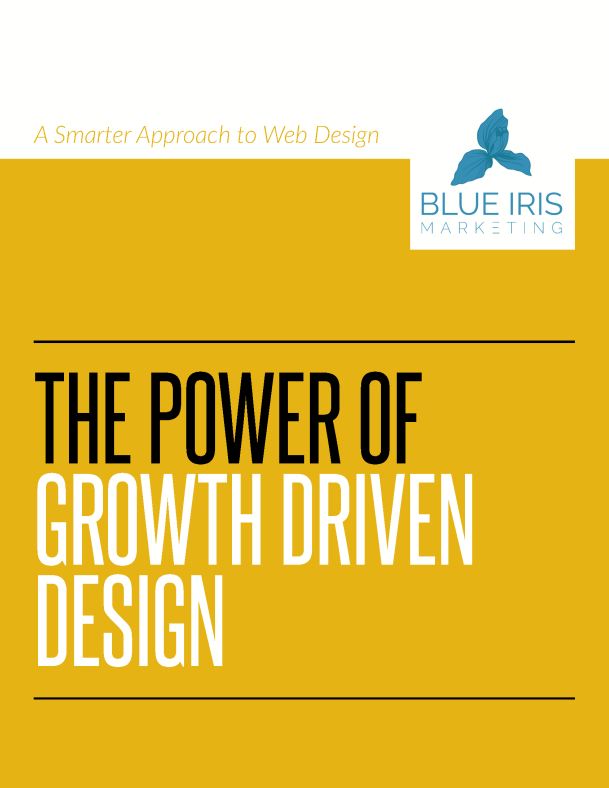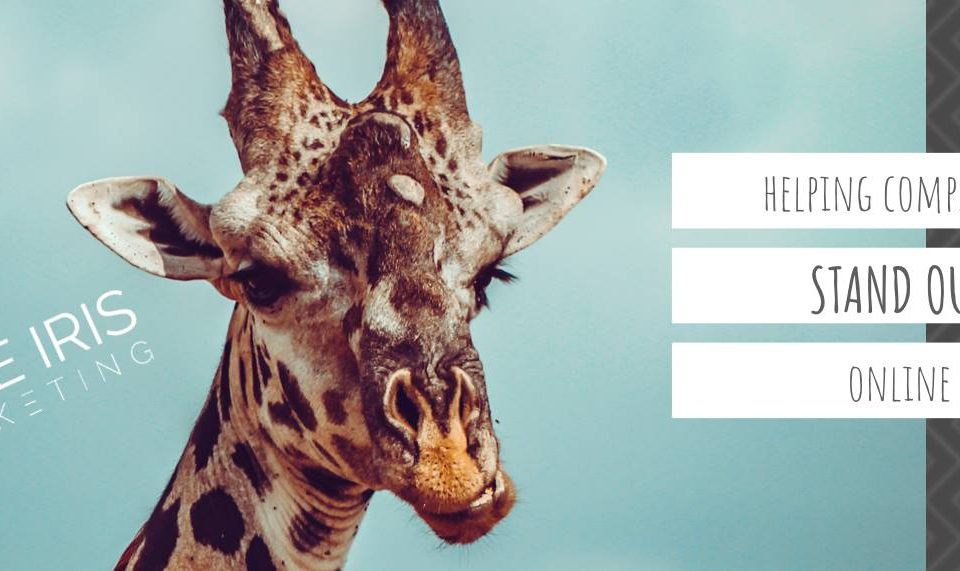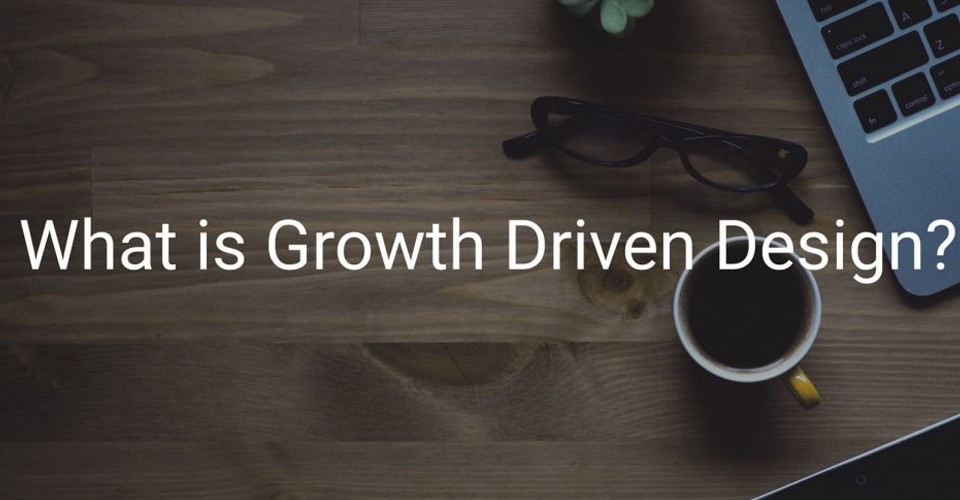Growth Driven Design – How to Create a Conversion Focused Website

What is Growth Driven Design
June 3, 2016
What is a Search Engine Optimization (SEO) Audit?
June 20, 2016Growth Driven Design
Outperform your competition and build a lead generating conversion focused website
How does growth-driven, conversion focused web design work?
Traditional website redesign is broken. But here’s the rub… you know your website needs a facelift and it needs a little performance enhancement. The good news is that you don’t have to go through that stressful and overwhelming process – for real.
Let’s take a step back for a second and look at how you can approach the website redesign from a different angle. You need a new, superior process that avoids the risks of the traditional web design process, a smarter alternative that is quicker, more agile, automates lead generation and produces better results and ROI. Fortunately, we’ve been refining a process that delivers all of that without the traditional redesign pains. We call it Growth Driven Design. It is fully conversion focused and tailored to help you outperform your competition.
With Growth-Driven Design, a clear path is laid out in two phases:
- Phase 1 consists of three steps:
- Strategy
- Wish List
- Launch Pad Website
- Phase 2 is cyclical and consists of four steps:
- Plan
- Develop
- Learn
- Transfer; repeat
Growth Driven Design – PHASE 1
The first phase is very similar to the traditional web design process.
Step 1 – Planning & Strategy. First you must create a strategy that is aligned with your business goals and objectives. In order for this strategy to be effective, the goals must be measurable, relevant and represent what you expect to accomplish with your website in a specific amount of time.
With your buyer personas clearly defined and an understanding of their buyer’s journey, you know exactly what your ideal buyers are seeking. If it has been some time since you developed your buyer personas, it’s a good idea to do it again. As fast as the buying landscape and buyers’ habits are evolving, buyer personas evolve and change over time, too. The main focus in this phase is to learn as much about your visitors, as possible. Who they are and what they most commonly do on your website? Gathering as much user research as possible helps to validate the assumptions that you developed when creating the buyer personas and guarantees everything else is built on current and valid information.
Step 2 – Wish List. Once the strategy is complete, you will develop a Wish List. This is a list of the website features, functions, and animations you believe are important elements to have on your website. When creating a wish list, don’t hold back! Be creative and don’t eliminate anything you think has the potential to turn your website into a lead generation magnet and conversion machine! Don’t deselect them because you think they will bust your budget. This list is called a Wish List for a reason.
You should consider elements like:
- High impact website sections and pages
- Marketing assets, tools and resources
- Specific features, modules and functions
- Design elements
- User experience variations based on devices, country, etc.
Not all of these items will be implemented right away. Once this list is completed, prioritize it based on the deadlines of your business’ growth, sales and marketing goals and objectives. It might be helpful to start by identifying the “must have” items and marking the “nice to have” elements as phase 2 or phase 3. Wish List features that don’t make the cut now can be included later in the process.
Next, identify the core pages of your website. Those are the “must have” pages that are minimally required to provide sufficient value to your visitors and time-sensitive goal achievement. This might include the main navigation pages and a list of services, pricing and blog. If you have an ecommerce site, it would also include your estore.
Identify the top 20% highest-performing pages and features when developing the first phase or “website core.” Choosing only the “must haves” from your Wish List will help you refine the plan to improve your website performance and create a better user experience. With clarity over what should be included in the first phase of your Growth Driven Design project and phase two mapped out precisely, you are ready to launch your core site.
Step 3 – Launch Pad Website. Following the completion of the first phase strategy and development, your Launch Pad Website is launched. The Launch Pad Website represents the core of your new website. Once the Launch Pad is up and running the Growth Driven Design Process moves into Phase 2.
Growth Driven Design – Phase 2
Step 1 – Plan. Once you have launched your Launch Pad Website, you’ll begin focusing on most powerful element of the Growth Driven Design approach. The first step in Phase 2, is “Plan.” You’ll recall that we planned the second phase of development prior to launching the core website or the Launch Pad Website. Therefore, the next step is two-pronged. Beginning the design and development stages of the “Develop” step and begin working on the “Plan” step for the third phase of the Growth Driven Design cycle.
The first step, “Plan” looks very much like Phase 1 of the Growth Driven Design process. You’ll identify the most impactful items as they relate to your business goals for the upcoming period. I find it easiest to think in quarterly phases. However, certain elements or features or website goals may require a longer period to develop, test and launch.
Revisit your Wish List. What are the top 20% highest impact features to be included in this next development phase? Be sure you are constantly updating and refreshing your Wish List so that it is always reflecting data-driven confirmations of best practice options for top performance and they meet the needs of your buyer persona.
One of the key tenants of Growth Driven Design is developing benchmarks and metrics to help you understand if your website is performing as expected. You’ll use this data to inform the planning of each cycle or phase of your Growth Driven Design initiative.
Be certain to consider these items as you develop the Plan for future phase:
- Boost Conversions: Keep your focus on elements that are directly related to conversion rate optimization.
- Improve User Experience: Identify user experience improvements that enable users to find solutions to their problems faster.
- Personalize to the User: Identify ways to personalize the site or specific landing pages, calls-to-action, content, offers and messaging to the specific persona that you are targeting.
- Build Marketing Assets: Consider including new marketing assets into the site. Consider various tools, in-depth resource sections, online training, directories, etc. Any feature or item that will provide great value to both the end user and your company.
- General Website Updates: General website updates are (by the very nature of Growth Driven Design) made in relatively real time. It is important that your website is fresh, consistent, up to date and source of powerful information for your buyer personas – in real time.
While planning and developing the upcoming phase of your website, you should also be analyzing the performance of the completed phase(s). In this instance, you would be analyzing the performance of your Launch Pad Website. Is it hitting the defined goals? Is it meeting benchmarks? What does the data tell us? What are we learning? Have the targeted goals evolved?
If, at any point, the data suggests that some element of your website isn’t performing as expected, evaluate the data, make the necessary changes and monitor the data to be sure the desired improvements are occurring.
Step 2 – Development. Moving into the development phase of the cycle, it is time to start implementing the most impactful items you have identified in the last step of the GDD cycle on your website. It is very important to determine how these new action items affect website performance and user experience. To measure these impacts, you need to set up validation tracking around the metrics outlined for the action item. You may also want to do a marketing campaign via social media and blogging to drive traffic for data collection.
Step 3 – Learn. Review your data every day, at first; then weekly. At the end of every 30 days, you should review the data you have gathered from tracking the visitors on your website. You’ll need to learn more about their preferences and how they interact with your brand. Ask a series of questions: Did the changes and implementations have the impact you expected? What can you learn and what have you learned about your visitors? What changes need to be made? What additions or subtractions do you need to make to your Wish List? What other actionable information and requirements manifest from your data?
Step 4 – Transfer. The transfer phase gathers all the new information gained from the previous cycles that could be of value to others in your organization. Be sure to record and communicate your findings to your marketing and sales teams. If indicated by your data and discovery, be sure that any key internal processes and systems are developed. Turn your learnings into actionable and deadline driven requirements.
Brainstorm with affected departments and people ways they can use this newly acquired knowledge to improve activities and performance against the company’s goals.
Repeat. While you have completed one full Growth Driven Design cycle, the Growth Driven Design journey is not finished – it is never finished. The Growth Driven Design process is an ongoing best practice or standard. It is cyclical and this is where you begin planning for the next phase(s). The cyclical nature of this strategy keeps your website – the hub of all marketing and sales – in top performing condition. As long as you keep the Growth Driven Design engine running, you’ll be positioned to outperform your competitors.
As a result of the constant learning your GDD team will be doing, you’ll be in a position to pivot on a moment’s notice if and when your competitor sneaks up the search engine rankings. Your team will be conditioned to do the required competitive research so that you can once again out rank and out perform them.
With every cycle, you will learn more about your visitors and buyers and achieve better results. The more cycles you complete, the better your website will perform.
It’s also Affordable. Are you ready to have a growth centered, conversion focused, lead generation website? The beauty of this approach is that you don’t have to fork out all that dough in one lump sum. Because Growth Driven Design is an ongoing cyclical initiative, you pay for it in phases. Even better! Once it gets rocking, it more than pays for itself.
If you don’t have an internal marketing team with the capacity to handle a Growth Driven Design initiative, we can supplement your team or provide the full suite of services.
If you aren’t certain about whether Growth Driven Design is right for your company, gives a call or shoot us an email and we’ll be happy to answer your questions.





